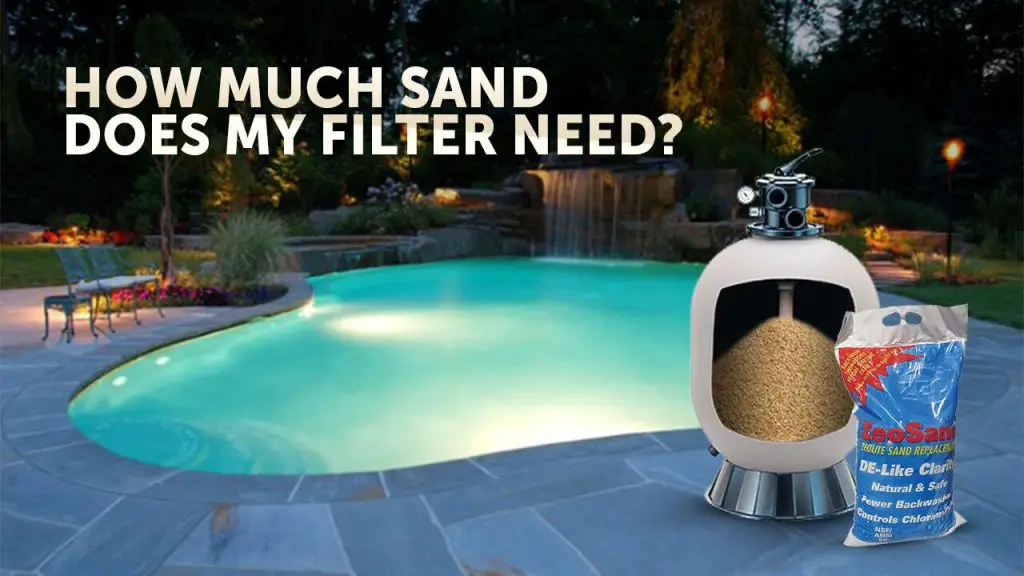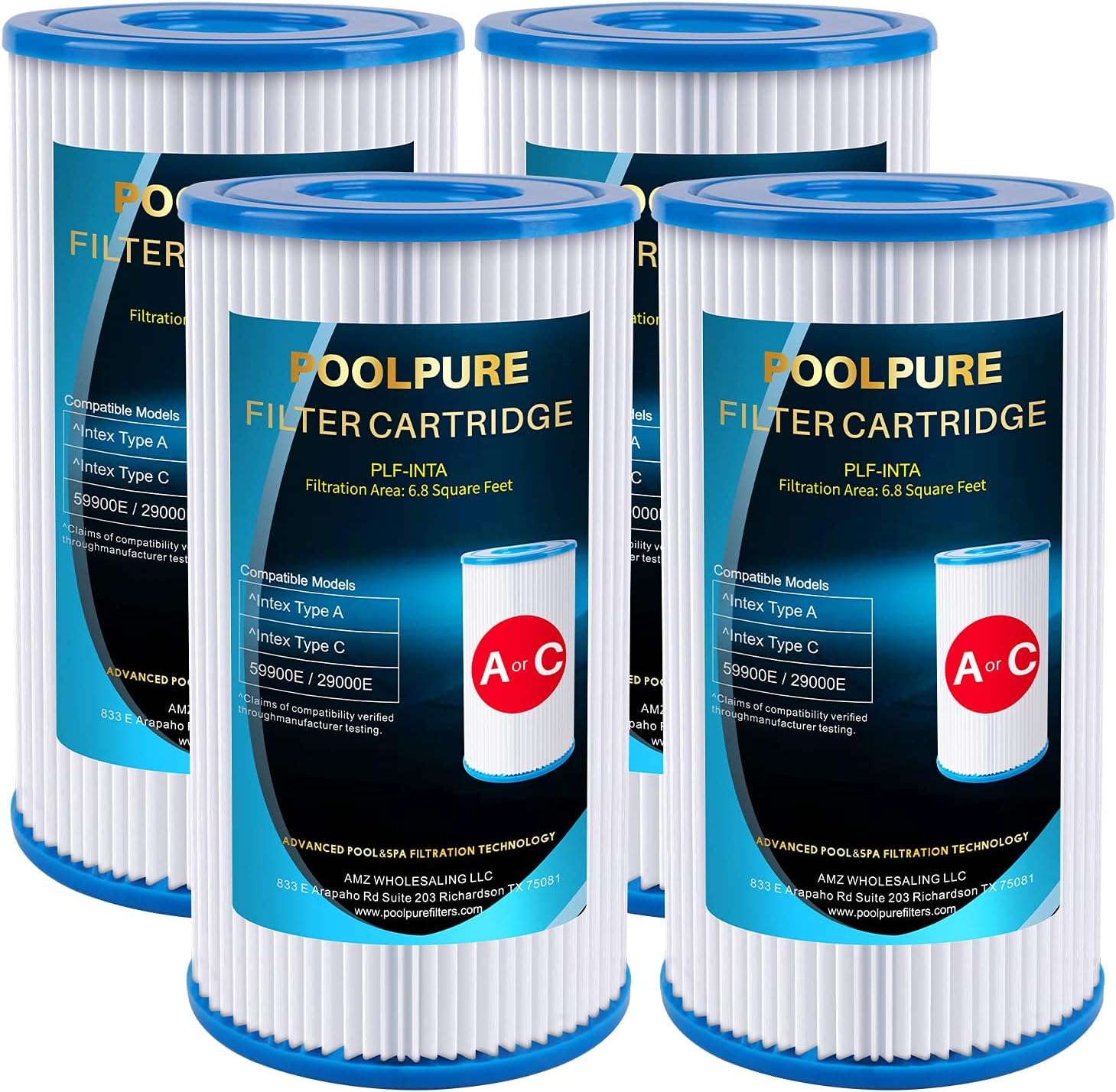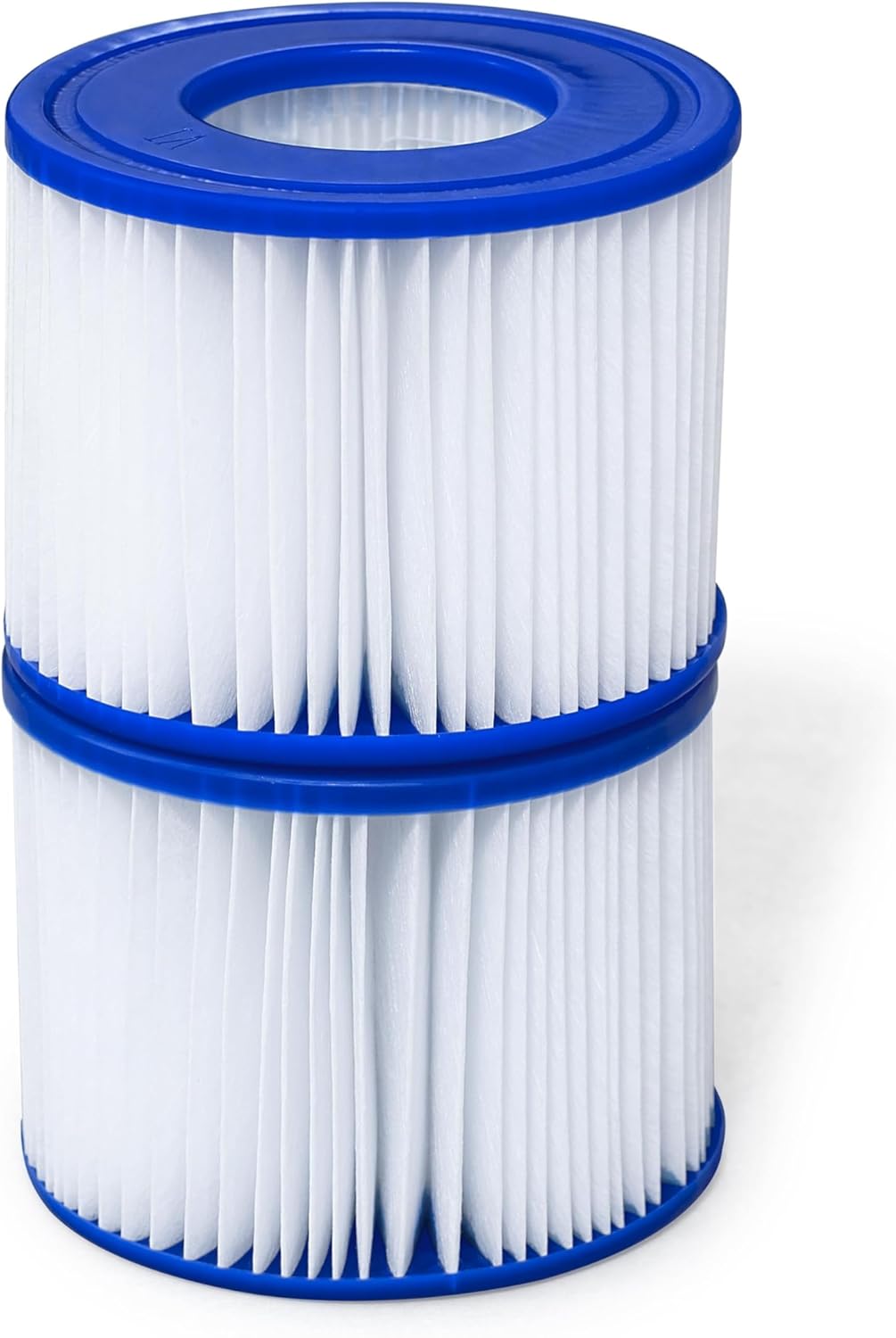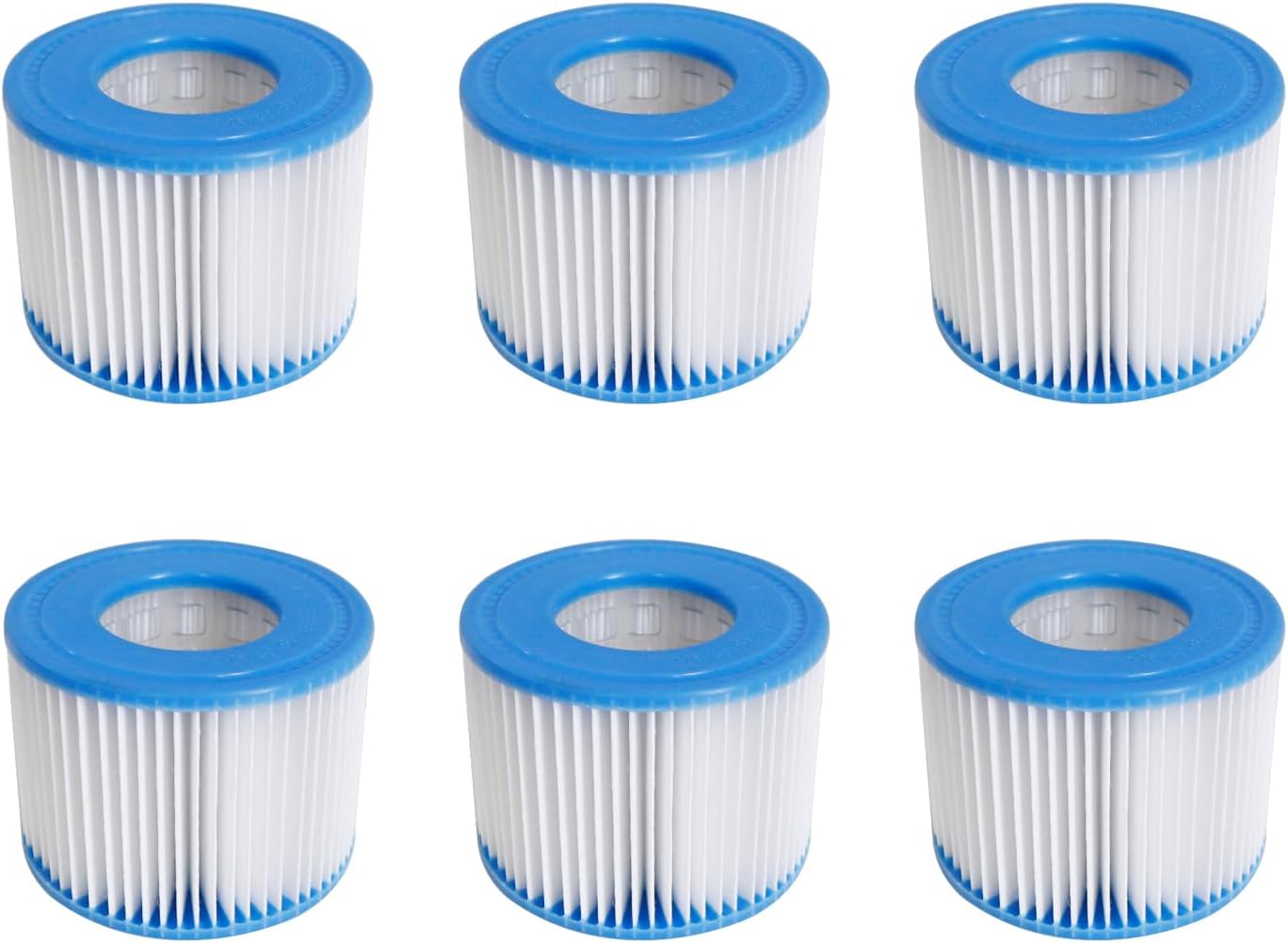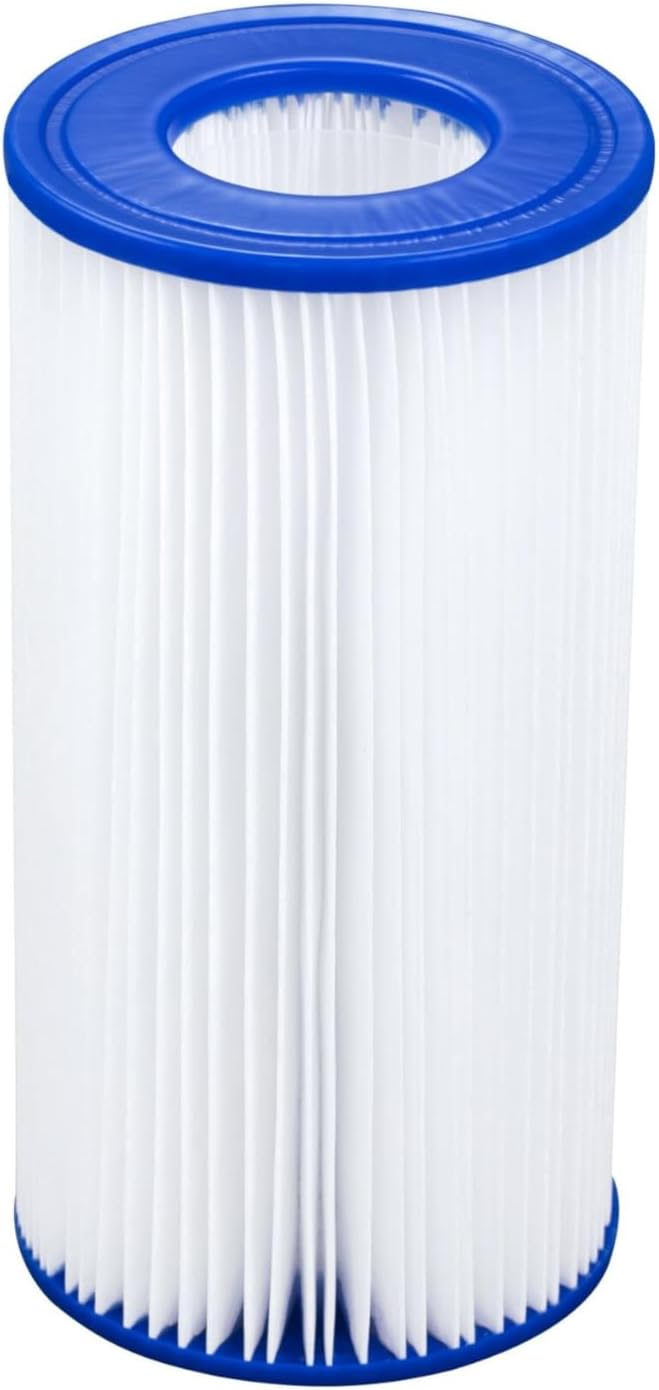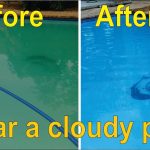When it comes to maintaining a clean and healthy swimming pool, the pool filter plays a crucial role. The sand filter, in particular, is a popular choice among pool owners for its effectiveness in trapping dirt and debris. However, one common question that arises is how much sand is needed for the pool filter. Let’s delve into this topic to ensure your pool filter is running optimally.
5 Best Pool Filters For All Types Of Pools
Importance of Proper Sand Levels
Having the correct amount of sand in your pool filter is essential for efficient filtration. The sand acts as a barrier, capturing impurities and ensuring that your pool water remains crystal clear. If there is too little sand in the filter, it may not effectively trap debris, leading to poor water quality. On the other hand, if there is too much sand, it can hinder the flow of water through the filter, reducing its efficiency.

Credit: intheswim.com
Determining the Right Amount of Sand
The amount of sand needed for your pool filter depends on the size and type of filter you have. Typically, sand filters require a specific weight of sand rather than a volume measurement. The most common type of sand used in pool filters is #20 silica sand, which is specially graded for pool filtration purposes.
One way to determine the right amount of sand for your filter is to consult the manufacturer’s guidelines. The user manual or specifications provided by the manufacturer will often include recommendations for the correct sand capacity based on the filter’s size and model.

Credit: www.inyopools.com
Calculating Sand Quantity
If you do not have access to the manufacturer’s guidelines or if you need to replace the sand and are unsure of the original amount, you can calculate the quantity of sand needed based on the filter’s size. Here’s a simple formula you can use:
| Filter Tank Diameter (in inches) | Amount of Sand Required (in pounds) |
|---|---|
| 12 inches | 50 pounds |
| 14 inches | 100 pounds |
| 16 inches | 150 pounds |
Keep in mind that these are general guidelines, and the exact amount of sand needed may vary based on the specific design of your filter. It’s always best to refer to the manufacturer’s recommendations whenever possible.
Steps to Add Sand to the Filter
Once you have determined the correct amount of sand required for your pool filter, it’s time to add the sand. Here are the steps to follow:
- Turn off the pump: Before beginning the process, make sure to turn off the pool pump to prevent any accidents.
- Drain the filter: Release the pressure in the filter by opening the air relief valve or removing the pressure gauge.
- Remove the old sand: If you are replacing the sand, carefully scoop out the old sand from the filter tank.
- Add the new sand: Pour the recommended amount of new sand into the filter tank, ensuring it is distributed evenly.
- Reassemble the filter: Once the sand is added, reassemble the filter components and secure them in place.
- Restart the pump: Turn the pool pump back on and check for any leaks or issues with the filtration system.
Maintaining Your Pool Filter
Proper maintenance of your pool filter is essential to ensure its longevity and efficiency. Here are some tips to help you keep your pool filter in top condition:
- Regularly backwash the filter to remove trapped debris and prevent clogging.
- Check the sand level periodically and top up if necessary to maintain optimal filtration.
- Inspect the filter for any signs of damage or wear and replace any worn-out components as needed.
- Keep the area around the filter clean and free from debris to prevent blockages.
- Consider scheduling professional maintenance at least once a year to ensure your filter is operating at its best.
Conclusion
Ensuring you have the correct amount of sand in your pool filter is crucial for maintaining a clean and healthy swimming pool. By following the manufacturer’s guidelines or calculating the sand quantity based on the filter size, you can ensure that your filter operates efficiently. Remember to regularly inspect and maintain your pool filter to enjoy crystal clear water all season long.
For more pool maintenance tips and expert advice, stay tuned to our blog for the latest updates!


